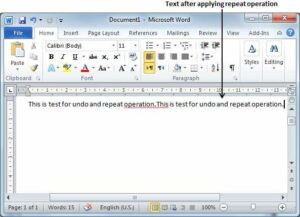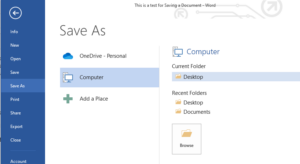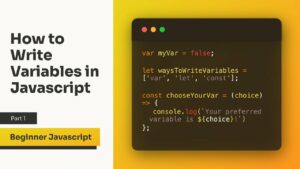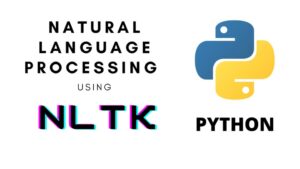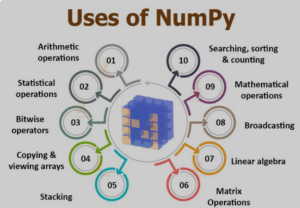Exploring the Depths: A Comprehensive Guide to Understanding the Word 2000 Interface

Introduction:
Microsoft Word 2000, a timeless classic in the realm of word processing software, has left an indelible mark on the way we create and manipulate textual content. Released as part of the Microsoft Office 2000 suite, Word 2000 introduced several innovative features and a revamped user interface that set the stage for the modern word processors we use today. In this extensive exploration, we delve into the intricate details of the Word 2000 interface, unraveling its various components, functionalities, and hidden gems.
- The Ribbon: A Paradigm Shift in Interface Design
Unlike its predecessors, Word 2000 did not adopt the Ribbon interface that later versions of Microsoft Office embraced. Instead, Word 2000 adhered to a more traditional menu and toolbar system. The interface was neatly organized, with menus cascading down from the top and toolbars providing quick access to commonly used functions.
- Menus: Navigating the Command Hierarchy
At the heart of Word 2000’s interface were its menus, serving as the primary means of accessing the vast array of commands the software offered. The menus were categorized into logical groupings such as File, Edit, View, Insert, Format, Tools, Table, Window, and Help. Each menu unveiled a cascade of commands, offering users a hierarchical structure for easy navigation.
- Toolbars: Efficiency at Your Fingertips
Complementing the menus were the toolbars, strategically placed beneath the menus to provide users with swift access to frequently used functions. Customizability was a key feature, allowing users to tailor the toolbars to their specific needs. With a simple right-click, users could add or remove buttons, creating a personalized workspace.
- Document Workspace: The Canvas for Creativity
The document workspace in Word 2000 was the canvas where users brought their ideas to life. The familiar white background, ruled by a grid, provided a clean slate for drafting documents of all kinds. Essential formatting options, such as font styles, sizes, and colors, were seamlessly integrated into the toolbar, enabling users to craft visually appealing documents effortlessly.
- Formatting and Styles: Fine-Tuning Your Document
Word 2000 offered a robust set of formatting tools, allowing users to customize their documents with precision. Paragraph formatting, character formatting, and style options were easily accessible from the toolbar and menus, enabling users to maintain consistency and professionalism in their documents.
- Collaboration and Review: Enhancing Productivity
Word 2000 incorporated features to facilitate collaboration and document review. The Track Changes feature allowed multiple users to edit a document while preserving the original content. Comments and annotations provided a communication channel within the document, streamlining the review process and enhancing collaboration.
- Wizards and Templates: Streamlining Document Creation
To simplify complex tasks, Word 2000 introduced Wizards and Templates. Wizards guided users through step-by-step processes for creating various document types, while Templates provided pre-designed layouts for common document formats. These tools were invaluable for users seeking efficiency and professionalism in their document creation.
- Advanced Features: Harnessing the Power of Word
Word 2000 wasn’t just about basic word processing. It introduced advanced features like mail merge, allowing users to personalize mass mailings effortlessly. Additionally, the integration of drawing tools and clip art expanded the creative possibilities within documents, transforming them from mere text to visually engaging presentations.
- Extensibility and Automation: Macros and Visual Basic for Applications
For power users, Word 2000 offered extensibility through the use of Macros and Visual Basic for Applications (VBA). Macros enabled users to automate repetitive tasks, while VBA provided a programming environment for creating custom functions and automating complex processes within Word.
Conclusion:
In conclusion, delving into the Word 2000 interface is a journey through the evolution of word processing software. Its user-friendly design, efficient organization, and innovative features laid the foundation for subsequent versions of Microsoft Word. Though it may lack the flashy visuals of its modern counterparts, Word 2000’s interface stands as a testament to timeless usability and functionality. As we continue to embrace technological advancements, taking a retrospective look at the Word 2000 interface allows us to appreciate the strides made in the world of document creation and editing.

